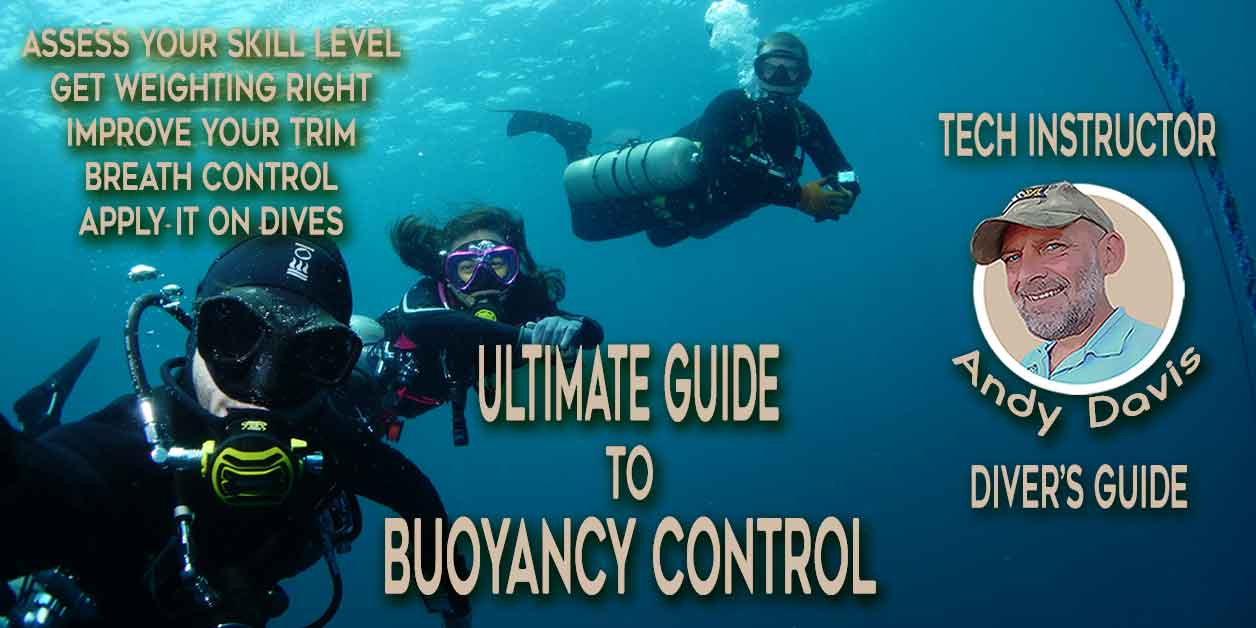I accept that on a peak buoyancy course its coaching you are paying for but I still maintain that with a bit of thought and applied research it is something you can learn for yourself. It is quite likely that most peoples buoyancy stems from poor OW teaching or the learner was not paying attention.
1) You should understand the principles of buoyancy, positive and negative.
2) You should understand the issues that arise from having to overinflate you BCD to compensate for over weighting
3) On your first or second lesson in the water the instructor should get your weighting spot on - no air in bcd, eyes level with the surface with lungs half full whilst in vertical position, breath out you sink, breath in you rise.
4) Fin pivots on bottom, now because your weights are correct, the depth will have compressed your suit a little so you can lay on the bottom, just put a touch or air into your bcd so you rise slowly when you breath in, your body will rise slowly, the weight will come off your fin tips and away you go, buoyancy spot on - what could be simpler.
After that you may find you want to add a little weight if you find you are light at the end of a dive (less air in tank) or breathing deeply to fight a current.





